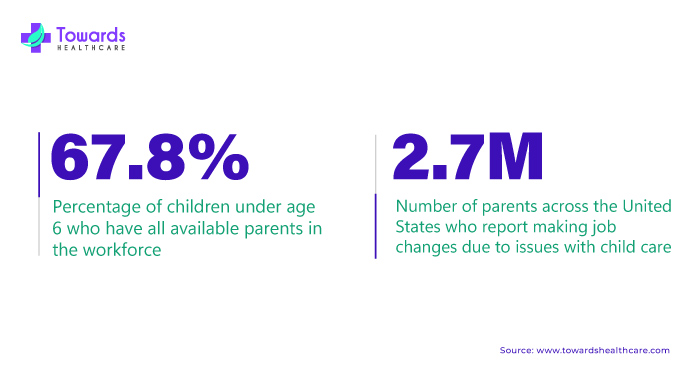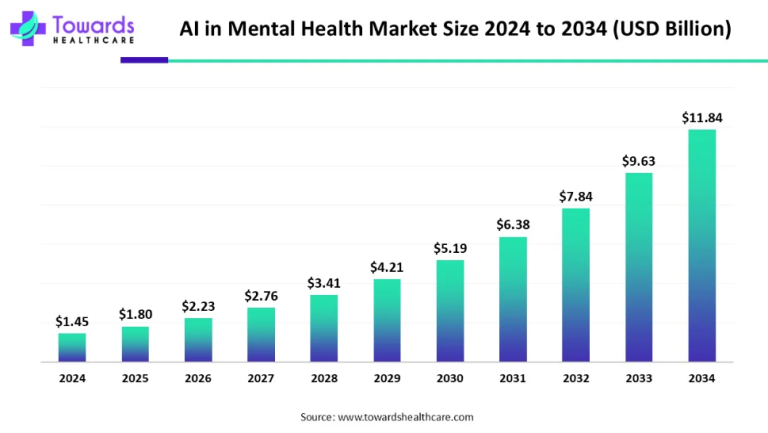
Advantages of Family Child Care Centers
Family child care centers in the United States offer numerous benefits, including the cohesion of children from the same family throughout the day. These centers foster an environment where children of varying ages can remain together, promoting familial bonds and a sense of unity. Moreover, these facilities often facilitate a shared cultural or linguistic connection between the children and their caregivers, enhancing communication and understanding.
Accessibility in Underserved Areas
Family child care centers play a crucial role in areas where traditional child care options are limited. In more than half of the country, access to conventional child care facilities is scarce. In such regions, family child care centers provide a vital service, catering to the needs of families who would otherwise struggle to find suitable care for their children. This accessibility ensures that parents can fulfill their obligations while ensuring their children receive quality care and education.
For any queries, feel free to reach us @ https://www.towardshealthcare.com/personalized-scope/5105
Meeting Diverse Family Needs
The flexibility and personalized approach of family child care centers make them an ideal choice for many families. Unlike larger childcare facilities, family-centered care can be tailored to meet the specific needs and priorities of individual families. Whether it’s accommodating unique schedules, dietary requirements, or cultural practices, these centers offer a level of customization that resonates with diverse families.
Promoting Early Childhood Education
The growing recognition of the importance of early childhood education has fueled the demand for child care services in the United States. Parents and caregivers alike are increasingly aware of the profound impact that early learning experiences have on a child’s overall development. As a result, there is a heightened emphasis on the provision of high-quality child care services that prioritize early education and development.
Supporting Single-Parent Households
In the United States, millions of children are raised in single-parent households, with mothers heading the majority of these families. Family child care centers offer valuable support to single parents by providing a safe and nurturing environment for their children. These centers not only offer reliable care but also foster socialization and educational opportunities essential for a child’s growth and development.
Cohabitating and Father-Only Households
Additionally, family child care centers cater to children living in cohabitating and father-only households. With over 6 million children living with cohabitating parents and approximately 3.5 million residing in father-only households, these centers play a vital role in meeting the diverse needs of modern families. By providing a supportive and inclusive environment, family child care centers ensure that all children have access to quality care and educational opportunities, regardless of their family structure.
Exploring Child Care in the United States
Child care entails more than just supervision; it encompasses creating a nurturing environment where children can thrive, learn, and play in the absence of their parents or guardians. In the United States, child care can take place in various settings, including daycare centers, preschools, or within the home under the supervision of a babysitter. The primary objective is to support children’s development, ensuring their well-being and growth while their parents are occupied.
The Vital Role of U.S. Child Care Market
The U.S. child care market is a dynamic and integral part of the nation’s social fabric. With an increasing emphasis on early childhood education and the rising number of working parents, there has been a significant surge in the demand for high-quality child care services in recent times. This article aims to provide a comprehensive overview of the U.S. child care market, examining its key trends, challenges, and opportunities that shape this intricate ecosystem.
Evolution of Child Care: From Informal to Structured Systems
To understand the current landscape, it’s crucial to explore the historical evolution of child care in the United States. The journey begins with informal, community-based arrangements and progresses towards the structured and regulated systems prevalent today. From the era of neighborhood babysitters to the establishment of daycare centers, tracing this evolution sheds light on societal transformations and evolving family dynamics.
Educational Attainment and Challenges Faced by Girls
While more girls are attending school, staying enrolled for longer durations, and achieving academic success, many still encounter obstacles such as early marriages and pregnancies. Balancing familial responsibilities often poses challenges for girls, hindering their pursuit of higher education or employment opportunities. Globally, the burden of unpaid care duties prevents numerous women from entering the workforce, adversely affecting both girls and entire economies. Unfortunately, many families lack access to quality child care services, with the World Bank estimating that 40% of young children worldwide are in need of child care but remain underserved.
Defining “Child Care” and Research Focus
At the onset of the study, there was deliberation among researchers regarding the definition of “child care.” While some advocated for including care provided by fathers, others argued for restricting it to non-parental figures. Ultimately, the consensus was to encompass all consistent care delivered by individuals other than the mother, encompassing care from relatives, single caregivers within the child’s home, small group settings, and center-based care. However, the study predominantly focuses on the early years, up to age 4, thereby overlooking the experiences of school-aged children.
Understanding Variations in Child Care
These findings provide valuable insights into the diverse types of child care arrangements children receive. Understanding these variations is crucial, particularly as the global child care market continues to expand, influencing how families structure child care for their young ones.
To access our full ready research study, click here @ https://www.towardshealthcare.com/price/5105
Access our Premium Real Time Data Intelligence Tool, Visit: www.precedencestatistics.com
Read more related snapshots:



